AVID HiFi is the brainchild of Conrad Mas, who as a young man thought he could design a better mousetrap (strictly speaking a turntable) and took the next twenty years tinkering away in order to prove it. His Acutus Reference turntable is among the very best available and incorporates all his original ideas about how to cope with vibration. Below the Acutus Reference sit five less expensive models ranging from the entry-level Diva II through the Diva II SP, Volvere SP and Sequel SP to the Acutus SP. AVID also sell their own line of cables, supports and accessories and are about to launch a high end preamp and monobloc amplifiers. Rounding outthe portfolio are two phono preamps, the cost-no-object Pulsare and the subject of today’s test, the Pulsus.
For both of these models, the idea was to produce a very low noise, fast, dynamic sound while remaining clean and neutral, but also to have good bass weight and presence. Offering turntables of the highest rank, Mas would hardly want to put his name to phono preamps that would fail to deliver on the full potential of the Acutus Reference. He suggests that a full bass is often lacking in most modern electronics as manufacturers seem to limit bass to emphasize mid and top to highlight detail. He believes the detail should still be there and apparent if you can keep the noise floor low but maintain the correct level of bass response which makes for a realistic presentation and gives the music the solid underpinning of real world music.
To keep the noise level low, AVID adopts a two-box approach, with the highly regulated power supply in a second identically sized and styled box away from the control unit. It is impossible to place too much importance on the power supply in electronics. A good highly regulated supply is an expensive item to make, and influences the performance of all elements downstream. The separate box places the circuitry that has to amplify the extremely low level cartridge output well away from the transformers in the power supply and the high voltage inputs, allowing for more complete shielding of both components. The units are built to a high mechanical standard with fully screened casework. Custom components are employed, which raises the component cost but these are necessary to meet the design objectives. Consider the Pulsare as the no-compromise offering and the Pulsus as the Pulsare on a diet.
Often a new model is derived from a less expensive model by using more expensive components, increasing the regulation and capacity of the power supply, increasing the power output and so on. On this occasion the reverse approach was taken. Having produced the superb Pulsare balanced phono preamp, Mas tried to bring this sort of audio quality to a unit that would sell for one third the price. Here are some of the tricks he used:
• Get rid of the front panel controls, in favour of dip switches on the underside of the control unit
• Lost all the balanced circuitry, offering unbalanced mode only
• Offered 3 gain options (from 4), 7 resistance loadings (from 8), 3 capacitance loadings (from 6)
• Provided a 35va power supply, down from 300va with simpler regulation
• Designed much more compact boxes
Now I can’t tell you exactly what sacrifices have been made in the sound quality going from Pulsare to Pulsus, since I didn’t have them both here, but I can tell you how the Pulsus performed in my system, and without mincing words, it’s a giant killer.
With a wide range of adjustments, the Pulsus will match an extraordinarily wide range of phono cartridges. I tested it with a Clearaudio Virtuoso Wood cartridge, mounted in an Itok arm with a Linn Sondek LP12 turntable, using excellent cartridge leads and cables from Cardas. The rest of the system was reference quality with high end speakers and headphones both used to put the Pulsus through its paces. I used the default settings for a moving magnet cartridge, and the first thing I noted was a significantly higher gain than through my reference Graham Slee Era Gold V phono preamp, which brought the level up to about the same as my CD player.
The first thing I noticed was that the Pulsus projected a big bold sound with sharp attack and rich colours. As advertised, the bass was strong and extended very deep, while the midrange was detailed and spacious. The biggest gains over my vintage and far less expensive Era Gold V came in the treble. On Sonny Clark’s superb mono album Sonny’s Crib (Blue Note 1576) what was once an aggressive and harsh percussion in With a Song in my Heart was now revealed in all its glory, the compressed sound now fully resolved, tuneful and very much easier on the ears.
To hear the full potential of the Pulsus, I played Porgy and Bess sung by Ray Charles and Cleo Lane in a lavish Classic Records package [JP 1831]. The sense of ease and unlimited dynamics were palpable. The whole performance seemed so alive, so rich and raucous. You just know this is what HIFI is all about. To get this feeling every link in the chain must be up to the job. All I can tell you is that the Pulsus did not get in the way, passing an extended bandwidth with no noticeable distortion or noise. There was a ton of information getting through but it never sounded analytical or etched.
On a wide range of material, the Pulsus revealed layers of detail and delicate musicality that I had not known the Virtuoso Wood to possess. The Era Gold V had eclipsed a number of other phono preamps and phono sections on the various amplifiers that have passed through my system over the years, but now it had to surrender its crown. The margin of victory was actually much narrower on less demanding recordings – only really high recorded levels of treble energy made the comparison one sided. In fact on less than perfect recordings the Era Gold V may be preferred, because it is generally less ruthless in revealing the faults in the recording, and is somewhat flattering in many cases by compressing the extremes of dynamics both in the treble and the bass. But given a top quality recording, the more honest, higher resolution and broader bandwidth capabilities of the Pulsus came into their own. To fully appreciate the Pulsus you will need partnering electronics and cabling of a very high standard.
Despite this being AVID’s less expensive phono preamp, it still costs $1800 and that’s not chump change. There are other serious competitors at this price point, such as the brilliant EAR 834P tubed phono preamp and the Simaudio Moon 310LP. You should certainly check these out if you are in the market, but in truth the Pulsus competes with far more costly units and I think its competition may need to go back to the drawing board. The Pulsus is a grand slam home run.
AVID HIFI Ltd.
www.avidhifi.co.uk
+44(0)1480 869 900
AVID Pulsus Phono Preamplifier
Price: $1800 CAD
Sidebar: Analog or Digital?
I like to sit on the fence, but many have already chosen sides. Some dismiss analog as an anachronism, past its’ sell by date, while others heap scorn on all digital media – music is analog they will tell you – digital kills the music. A similar debate exists between supporters of tubes versus transistors, electrotrostatics versus dynamic speakers, moving coil versus moving magnet cartridges and the list goes on. I prefer not to prejudge the issue, to let my ears do the judging.
With this really fine phono preamp on hand I set up a test. I selected three discs from my collection that I have on both vinyl and silver spinner:
• Coleman Hawkins – The Hawk Flies High – Mobile Fidelity UDSACD 2030 and MFSL1-290
• Joni Mitchell – Clouds – Reprise CD 6341 and RS 6341
• Quartetto Italiano – Beethoven Quartets – Philips CD 454712-2 and LP Box 6747272
My LP pressings of Joni Mitchell and the Beethoven Quartets are easily 30 years old and in excellent condition, while the Mobile Fidelity LP is a superb new 180gm pressing up against an equally superb SACD reissue.
The SACD/CD player is the reference quality EMM Labs XDS1 (way to go, Canada!) and the rest of the system is also highly resolving and wide bandwidth. Without getting into the big moving coil/moving magnet debate (I’ve enjoyed both), the Clearaudio Virtuoso Wood (a moving magnet) is a giant killer among sub $1000 cartridges, while the Linn Sondek LP12/Itok combination (on a wall mounted shelf), while no longer state of the art, is outstandingly musical.
Either way, Joni sounds wonderful. She had the benefit of superb recorded sound. Her voice soars, starts and stops on a dime, driven by her superbly resonant and spiky guitar playing. I know it’s not good form to prefer this album to Blue, but where you were at the time has a lot to do with these things.
The Italian String Quartet is authoritative in this music – when they play, they banish from your mind any possibility of another interpretation. Their performances are bold and direct, with an enormous dynamic range. Every serious music lover needs the Beethoven Quartets in their collection. They are the very peak of his output and span an enormous range of invention.
Coleman Hawkins was no spring chicken when he recorded the upbeat album “The Hawk Flies High” in mono in 1957 at the age of 52. Although he made his name in the twenties he kept up to date with the changes in jazz, unlike his great contemporary Louis Armstrong. This album captures him, along with some handpicked collaborators, at his freewheeling best. You’ll see where John Coltrane and Sonny Rollins got their inspiration from. I recommend all three albums, in either format.
No matter which music I listened to, I could not choose between the analog or digital versions. More than that, I couldn’t even tell the difference, and you’ll rarely hear that admission from me. That doesn’t mean there are no differences. Other music or sharper ears might reveal them, but what this experiment tells me is that both analog and digital, when executed at a very high level, are converging on the limits of these original recordings. We are all winners.
13 Comments
Leave A Comment
You must be logged in to post a comment.

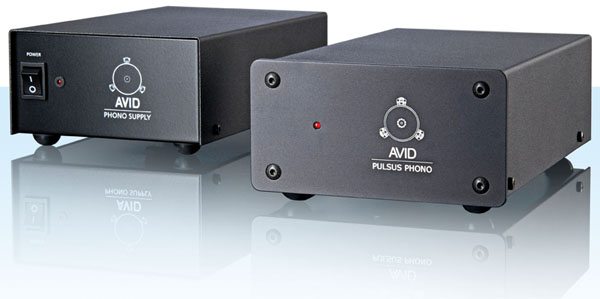
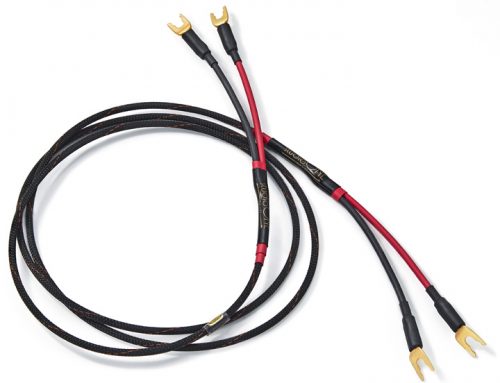
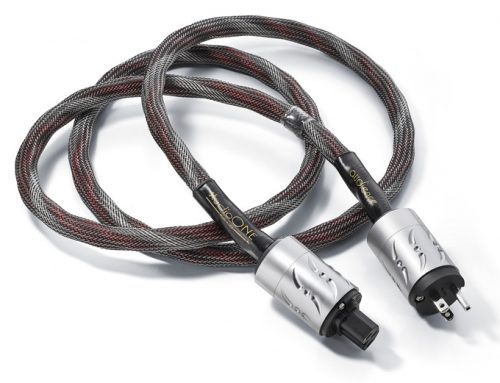
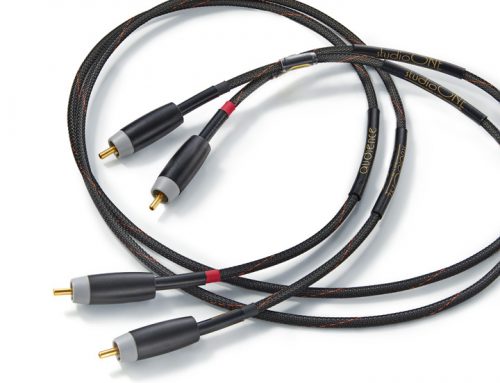
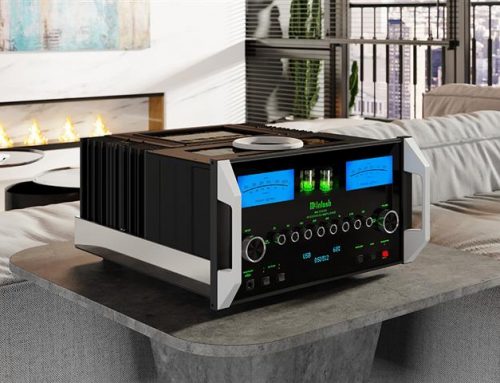
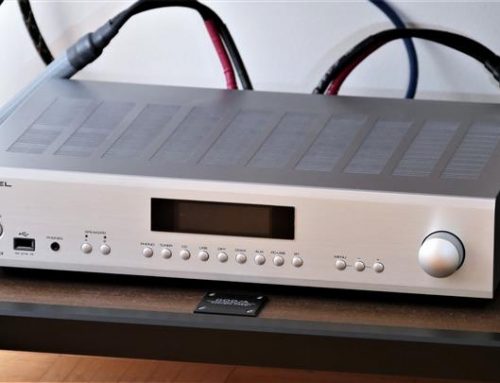
… [Trackback]
[…] Here you can find 11951 more Information on that Topic: novo.press/avid-pulsus-phono-preamplifier-review/ […]
… [Trackback]
[…] Information on that Topic: novo.press/avid-pulsus-phono-preamplifier-review/ […]
… [Trackback]
[…] Read More on that Topic: novo.press/avid-pulsus-phono-preamplifier-review/ […]
… [Trackback]
[…] Info on that Topic: novo.press/avid-pulsus-phono-preamplifier-review/ […]
… [Trackback]
[…] There you can find 33515 more Information to that Topic: novo.press/avid-pulsus-phono-preamplifier-review/ […]
… [Trackback]
[…] There you can find 83358 additional Information on that Topic: novo.press/avid-pulsus-phono-preamplifier-review/ […]
… [Trackback]
[…] There you can find 7673 additional Information on that Topic: novo.press/avid-pulsus-phono-preamplifier-review/ […]
… [Trackback]
[…] Information to that Topic: novo.press/avid-pulsus-phono-preamplifier-review/ […]
… [Trackback]
[…] Here you can find 42530 more Information on that Topic: novo.press/avid-pulsus-phono-preamplifier-review/ […]
… [Trackback]
[…] Here you can find 28782 more Info on that Topic: novo.press/avid-pulsus-phono-preamplifier-review/ […]
… [Trackback]
[…] Read More on to that Topic: novo.press/avid-pulsus-phono-preamplifier-review/ […]
… [Trackback]
[…] Find More on that Topic: novo.press/avid-pulsus-phono-preamplifier-review/ […]
… [Trackback]
[…] Read More here on that Topic: novo.press/avid-pulsus-phono-preamplifier-review/ […]